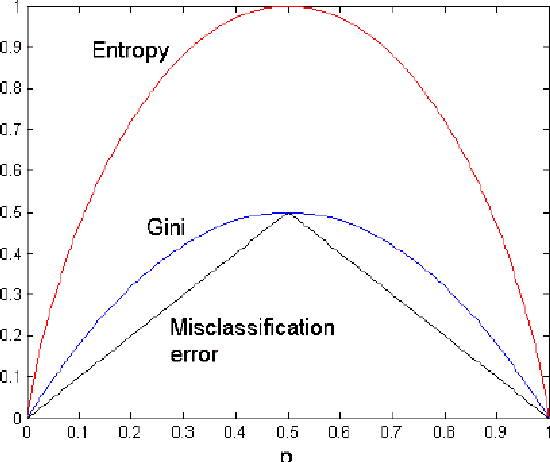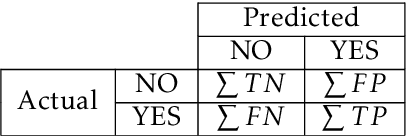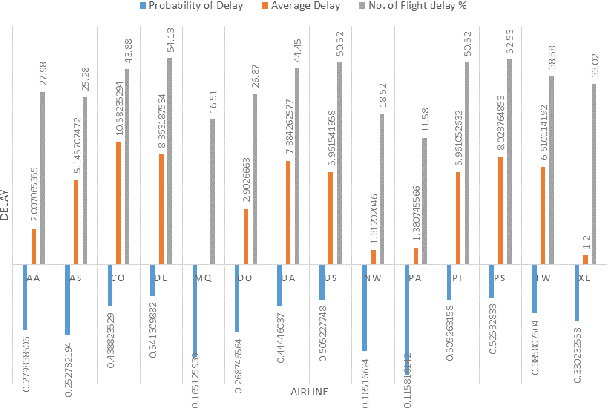Sajid Hussain
Predicting Lifespan of Ground-to-Air Multipath Components in mmWave UAV Channels
Mar 12, 2025Abstract:In mobile ground-to-air (GA) propagation channels, the birth and death of multipath components (MPCs) are frequently observed, and the wide-sense stationary uncorrelated scattering (WSSUS) assumption does not always hold. Several methods exist for tracking the birth and death of MPCs, however, to the best of knowledge of authors, there is no existing literature that addresses the prediction of the lifespan of the MPCs in nonWSSUS GA propagation channels. In this work, we consider the GA channel as non-WSSUS and individual MPCs across receiver positions are represented as time series based on the Euclidean distance between channel parameters of the MPCs. These time series representations, referred to as path bins, are analyzed using a semi-Markov chain model. The channel parameter variations and dependencies between path bins are used to predict the lifespan of path bins using weighted sum method, machine learning classifiers, and deep neural networks. For comparison, the birth and death of path bins are also modeled using a Poisson distribution and a Markov chain. Simulation results demonstrate that deep neural networks offer highly accurate predictions for the lifespan (including death) of MPC path bins in the considered GA propagation scenario.
* Accepted for Proc. IEEE WCNC Conference 2025, Italy
Empirical Study on Airline Delay Analysis and Prediction
Feb 17, 2020



Abstract:The Big Data analytics are a logical analysis of very large scale datasets. The data analysis enhances an organization and improve the decision making process. In this article, we present Airline Delay Analysis and Prediction to analyze airline datasets with the combination of weather dataset. In this research work, we consider various attributes to analyze flight delay, for example, day-wise, airline-wise, cloud cover, temperature, etc. Moreover, we present rigorous experiments on various machine learning model to predict correctly the delay of a flight, namely, logistic regression with L2 regularization, Gaussian Naive Bayes, K-Nearest Neighbors, Decision Tree classifier and Random forest model. The accuracy of the Random Forest model is 82% with a delay threshold of 15 minutes of flight delay. The analysis is carried out using dataset from 1987 to 2008, the training is conducted with dataset from 2000 to 2007 and validated prediction result using 2008 data. Moreover, we have got recall 99% in the Random Forest model.
 Add to Chrome
Add to Chrome Add to Firefox
Add to Firefox Add to Edge
Add to Edge